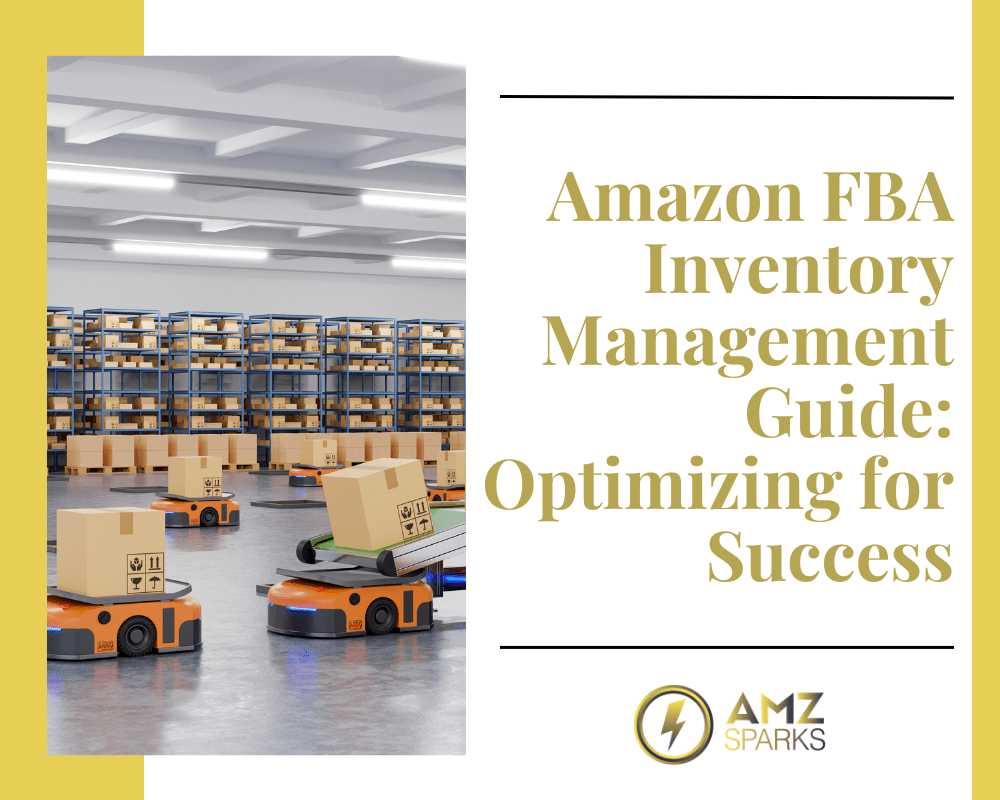Ways Amazon Brand Management Services Can Boost Your Sales
Amazon is undoubtedly a fiercely competitive marketplace, with tons of sellers standing out in the crowd is tough for newbies. […]
Ways Amazon Brand Management Services Can Boost Your Sales Read More »







